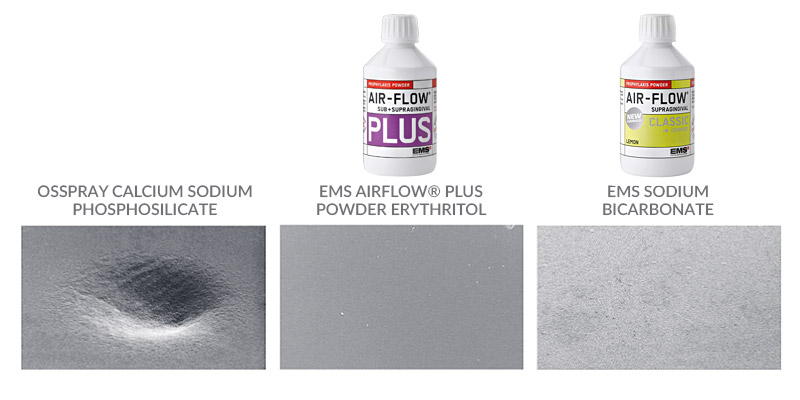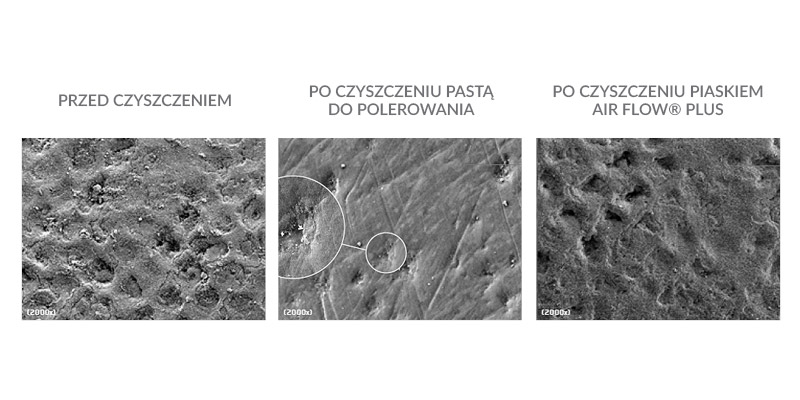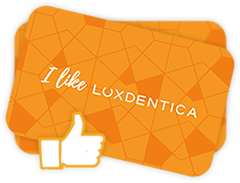Kraków: Lubostroń 22G lok. 7, +48 12 44 55 665 | Lipska 4 lok. 10, +48 731 704 731 | Wrocławska 53A, +48 731 704 787
Teeth should be taken care of not only when they require dental treatment but especially when they are in good condition. Proper oral hygiene and preventive care help avoid many diseases and visits to the dental office. We brush our teeth every day, ideally twice a day. In the morning, to freshen our breath and remove plaque buildup, and before going to bed, to eliminate lingering bacteria and deposits.
Hygienic procedures are recommended to be performed at least twice a year. This is the essential minimum that will protect your teeth from diseases and ensure proper aesthetic comfort. Because clean, white teeth are the best representation of yourself.
It involves the removal of plaque and hard deposits, known as tartar, located both above and below the gumline. For this purpose, we use a specialized device called AIRFLOW PROPHYLAXIS MASTER, the tip of which is introduced into vibrations during operation. These vibrations cause the tartar to break apart and detach from the tooth surfaces. This is an important preventive and therapeutic procedure for gum inflammation. It helps to maintain healthy gums without bleeding. According to recommendations, scaling should be performed no less frequently than once every six months. If neglected for a long time, it can lead to the transformation of gum inflammation into periodontal inflammation (affecting the bone). Thanks to the special scaling technique, we can carry out the procedure with complete comfort for the patient.
After air polishing, your teeth become noticeably brighter and smoother. The procedure removes soft dental plaque and dark deposits that often cover the entire surfaces of the teeth. For this purpose, we also use the AIRFLOW PROPHYLAXIS MASTER device, which releases a mixture of special powder, water, and air under pressure onto the tooth surface, removing stains and polishing the enamel. For air polishing, we use the unique and professional Airflow Plus powder, which is safe for enamel, gums (including implants, crowns, and orthodontic appliances). Air polishing is also recommended before replacing fillings, before selecting the final color of prosthetic restorations, and before teeth whitening. The frequency of this procedure is individual, but it's often combined with the scaling procedure.

Polishing is usually the finishing procedure after scaling and air polishing. It is commonly performed using special brushes, rubber cups, and pastes with appropriate abrasiveness. Nowadays, we often move away from the practice of tooth polishing after hygiene procedures. The reason for not needing to polish teeth is that the use of Airflow PLUS sand from EMS company does not cause enamel abrasions.

Fluoridation is usually performed at the end of the cleaning session in the dental office. Its purpose is to strengthen teeth by delivering fluoride compounds to the enamel. Fluoridation treatment can take various forms. Most commonly, it involves applying fluoride varnish to the tooth surfaces or using foam trays. Fluoride has strong anti-cavity effects and is essential for proper tooth development, especially in children.
Removable dentures require proper care, so it's important to clean them daily. Equally crucial, as taking care of the dentures themselves, is maintaining good oral hygiene.
Groundbreaking dental technology reminiscent of the most demanding neurosurgical procedures. It's like comparing GPS navigation to the paper maps that were once used.
moreWe smile every day

We have prepared a special program just for you, appreciating our loyal customers.
World-class Dentistry

Luxdentica, the best dental clinic in Krakow.











